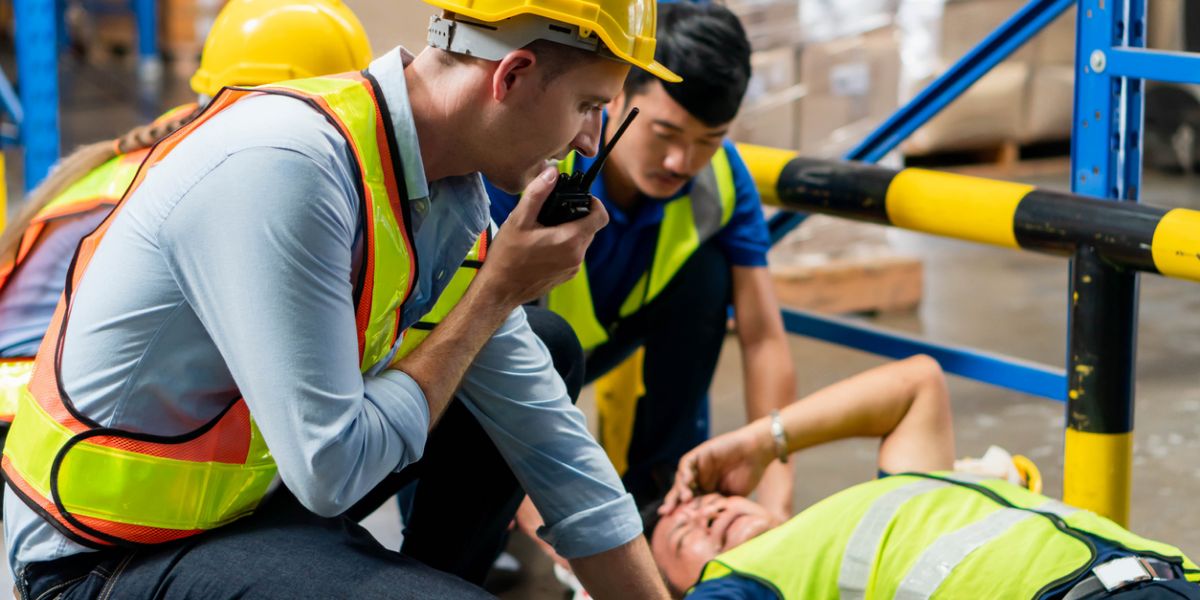Injuries from a construction site accident can result in some of the most serious injuries of any profession. Construction workers, site foremen, site managers, contractors, subcontractors, and property owners are frequently involved in a construction site’s daily operations. The construction process is not a stranger to dangerous equipment and situations, and it is critical that everyone involved is up to date on the best safety precautions to minimize the risk of accidents as much as possible.
The “fatal four” are the most common reasons for construction accidents that cause injuries, and tragically, death. The Occupational Safety and Health Administration (OSHA) reports that falls; electrocutions; being struck by an object; and being caught in (or between) machinery are the four most common reasons for deadly construction accidents.
OSHA’s federal standards designate rules to protect workers and keep the workplace safe. In order to prevent these fatal four from happening, as well as other hazardous conditions or situations, construction sites can enforce measures to reduce the inherent risk that workers face.
Tips to Reduce the Likelihood of a Construction Accident
Certainly, safety training is a necessity so that everyone at a construction site understands how to properly use the equipment and tools and follow safety procedures. Employees who are working on-site should have access to any manuals or instructions that detail the use and warnings of equipment. Further, having regular meetings that reinforce the site’s safety rules can help mitigate the risk of dangerous accidents.
In that vein, having gear that protects the body, such as hard hats, safety glasses, visible clothing, fall protection, eyewash stations, respiratory gear, and gloves can shield construction workers, or anyone else on site from hazards. Construction sites should be organized and free from trip and fall hazards and electrical wires or equipment that are out of place.
Construction sites should have limited access to the public, if any. Only authorized personnel should have access to the site. Signage that includes warning, danger, caution or notion signs, orange cones, caution tape, and safety fences can be used to warn unauthorized individuals about the perimeters of the site, as well as to remind the authorized individuals of the site’s layout.
By following these steps, construction workers and employers can reduce the risk of accidents and injuries on the job site. Finally, construction sites should hold regular safety inspections, which can help prevent accidents by identifying potential hazards. Construction site inspections are conducted by a trained safety professional. OSHA conducts safety inspections in up to 7 million sites each year, which sometimes results in citations if an inspector finds that there is a violation of OSHA standards or hazards.
Contact Clayton Trial Lawyers today if you have questions about an injury sustained on a construction site.

